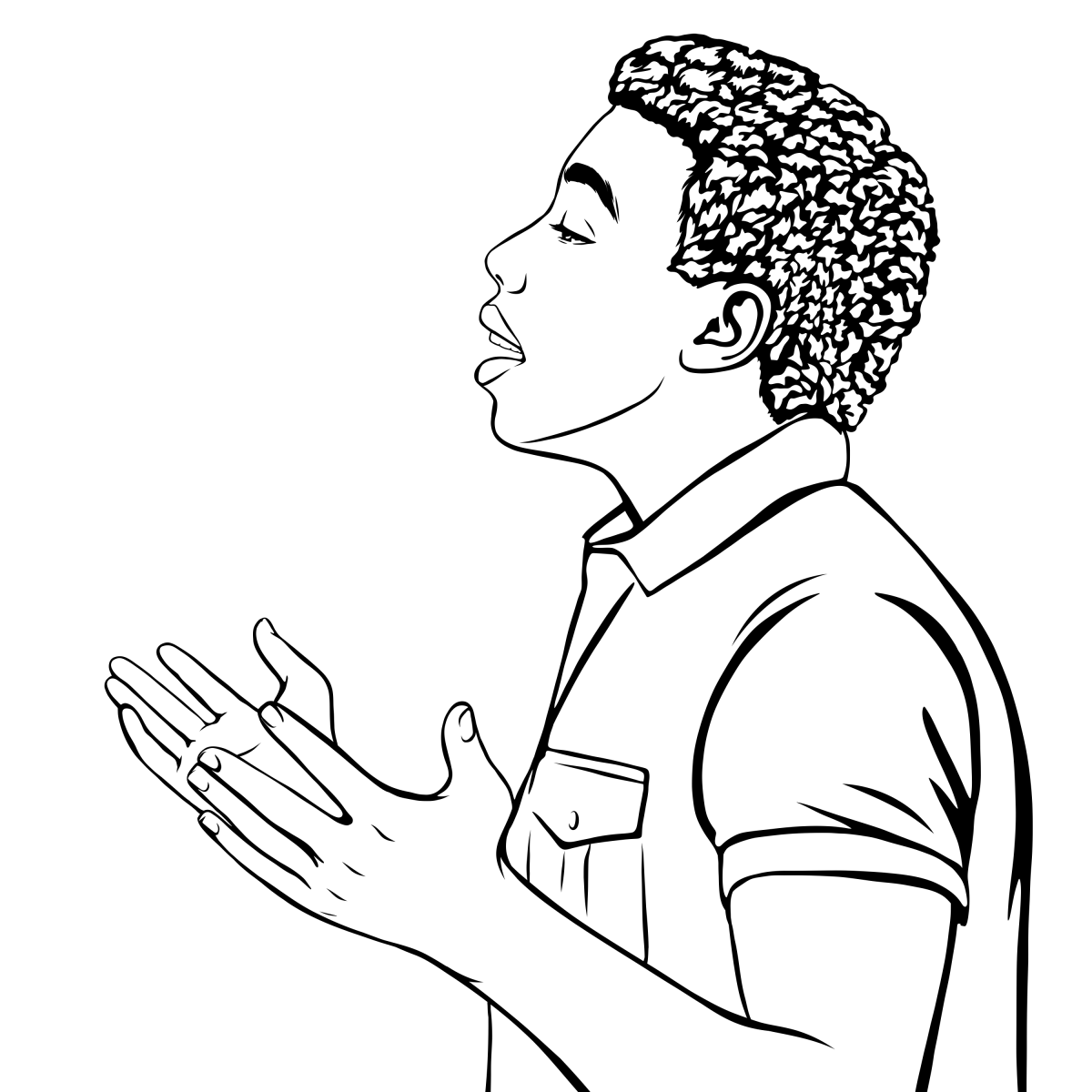Relief, trepidation… I always approach the gift of the Summer Holidays with a mix of emotions – excitement, of course, but also with relief and trepidation. Relief that the annual milestone has been reached, another year has been notched, and I am one step closer to returning “home”, wherever or whatever that might mean nowadays. Trepidation because […]






